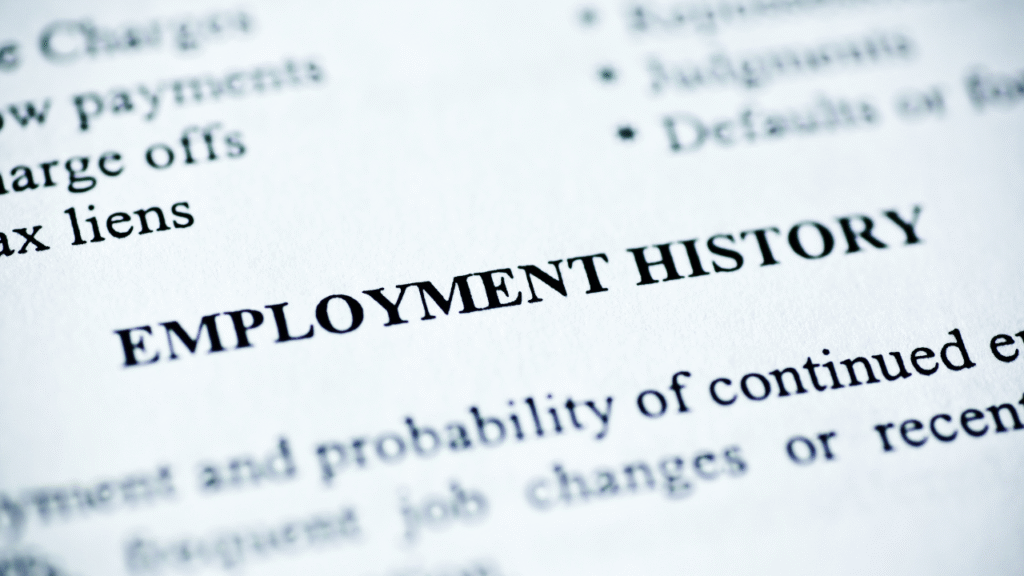
Introduction: A Timeline of Vision and Impact
From its humble beginnings in 2004 to its leading role in regional policy by 2025, ULAERGO (Unión Latinoamericana de Ergonomía) has evolved into one of the most influential forces in occupational health and ergonomics across Latin America. This timeline-based article walks through the organization’s key turning points, achievements, and defining moments—each contributing to ULAERGO’s expanding influence in the scientific, social, and political spheres of workplace well-being.
Phase 1: The Foundational Years (2004–2009)
2004 – ULAERGO Is Officially Founded
Ergonomists from Brazil, Argentina, Mexico, Colombia, Chile, and Uruguay convene in São Paulo to establish ULAERGO. A founding charter is signed to promote a unified Latin American approach to ergonomics.
2005 – First Regional Congress in Buenos Aires
This congress draws over 300 ergonomics professionals and academics. A regional network of researchers and practitioners is established.
2006 – Core Curriculum Development
ULAERGO introduces the first region-specific ergonomic training guidelines, harmonizing the standards of certification and academic instruction across countries.
2007 – Launch of the ULAERGO Journal
A bilingual academic journal begins quarterly publication, showcasing applied research from across the continent.
2009 – Ergonomics Advocacy Initiative
ULAERGO joins hands with labor unions to push for inclusion of ergonomics in national occupational safety regulations, particularly in public sector institutions.
Phase 2: Institutional Growth and Policy Impact (2010–2015)
2010 – Accreditation Framework Introduced
ULAERGO launches a regional accreditation program for training institutions offering ergonomics diplomas, raising the quality of education.
2011 – Strategic Partnership with IEA
A formal collaboration with the International Ergonomics Association boosts global recognition and exchange of methodologies.
2012 – First Ergonomics Policy Brief for Governments
ULAERGO publishes a regional white paper outlining policy proposals tailored for labor ministries across Latin America.
2014 – ULAERGO Online Resource Hub Goes Live
The digital transformation begins with the launch of a multilingual online portal offering courses, guidelines, and publications.
2015 – “Ergo para Todos” Public Awareness Campaign
A landmark media initiative aimed at workers and employers across Latin America, promoting everyday ergonomics.
Phase 3: Consolidation and Expansion (2016–2020)
2016 – Expansion into Central America and the Caribbean
Countries like Guatemala, Costa Rica, and the Dominican Republic join ULAERGO, increasing representation and scope.
2017 – First Pan-Latin American Ergonomics Standards Drafted
A working group drafts the first common ergonomics framework for industries like manufacturing, education, and healthcare.
2018 – ULAERGO Research Fund Established
A regional grant initiative supports cross-border research collaborations among universities.
2019 – Integration with Occupational Safety Policies
Several Latin American nations begin integrating ULAERGO’s recommendations into national safety inspection protocols.
2020 – Pandemic-Era Adaptation Initiatives
ULAERGO rapidly responds to COVID-19 by releasing guidelines on remote work ergonomics and virtual assessments.
Phase 4: Leadership and Global Influence (2021–2025)
2021 – Latin American Ergonomics Data Observatory Launched
The Observatory collects and analyzes occupational health data to support evidence-based policy across the region.
2022 – AI and Digital Ergonomics Training Introduced
ULAERGO develops modules on digital ergonomics, remote work stress, and interface design as part of its modern curriculum.
2023 – Partnership with Public Health Institutions
ULAERGO signs cooperation agreements with ministries of health in Brazil, Chile, and Colombia to integrate ergonomic principles into public healthcare protocols.
2024 – 20-Year Anniversary Conference in Mexico City
A landmark event celebrating two decades of ULAERGO’s influence, featuring global keynote speakers and regional case studies.
2025 – First Ergonomics Certification Law Passed in Latin America
Chile becomes the first Latin American country to pass legislation mandating certified ergonomic practices in workplaces—modeled directly on ULAERGO’s frameworks.
Major Milestones Timeline Table (2004–2025)
| Year | Milestone Event | Significance |
|---|---|---|
| 2004 | ULAERGO Founded in São Paulo | Unified Latin American ergonomic community |
| 2007 | ULAERGO Journal Launched | Created a platform for bilingual ergonomic research |
| 2012 | First Policy Brief Published | Positioned ULAERGO as a policy influencer |
| 2016 | Central America and Caribbean Join | Expanded regional inclusion |
| 2020 | COVID-19 Remote Ergonomics Guidelines Released | Demonstrated ULAERGO’s agility and relevance in crisis |
| 2025 | Ergonomics Law Passed in Chile | Historic policy success based on ULAERGO’s long-term advocacy |
Overview Table: ULAERGO’s Evolution
| Phase | Years | Key Focus | Geographic Growth | Strategic Output |
|---|---|---|---|---|
| Foundational Phase | 2004–2009 | Establishment and initial collaborations | South America core | Journal, Congresses, Curriculum |
| Institutional Growth | 2010–2015 | Accreditation, policy influence | Expanding partnerships | Policy briefs, awareness campaigns |
| Regional Consolidation | 2016–2020 | Standardization, digital platforms | Central America, Caribbean | Pandemic response, grants |
| Global Leadership Phase | 2021–2025 | Big data, AI, legislation advocacy | Full Latin American scope | Observatory, international laws |
FAQs
1. What was ULAERGO’s most important legislative success?
In 2025, Chile passed the first national ergonomic certification law inspired by ULAERGO standards.
2. How did ULAERGO adapt during the pandemic?
It quickly issued regional guidelines for remote work ergonomics and virtual assessments.
3. When did ULAERGO become globally recognized?
The 2011 partnership with the International Ergonomics Association marked its global emergence.
Conclusion: 21 Years of Transformative Influence
The journey of ULAERGO from a founding idea in 2004 to a continent-wide leader by 2025 illustrates what regional collaboration can achieve. With milestones rooted in cultural relevance, scientific rigor, and inclusive growth, ULAERGO has become not just a professional organization—but a movement for healthier, safer, and more dignified work environments across Latin America.

